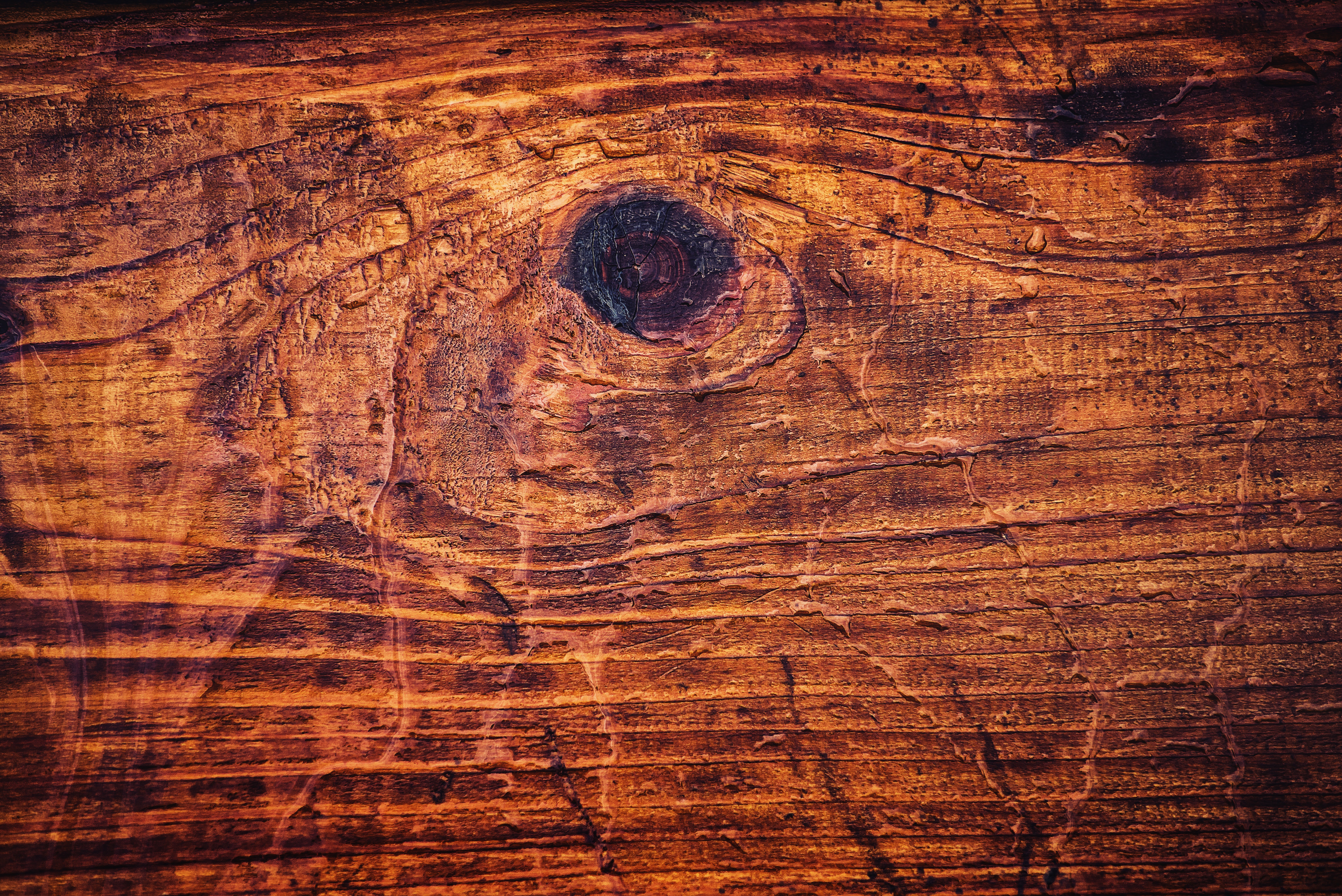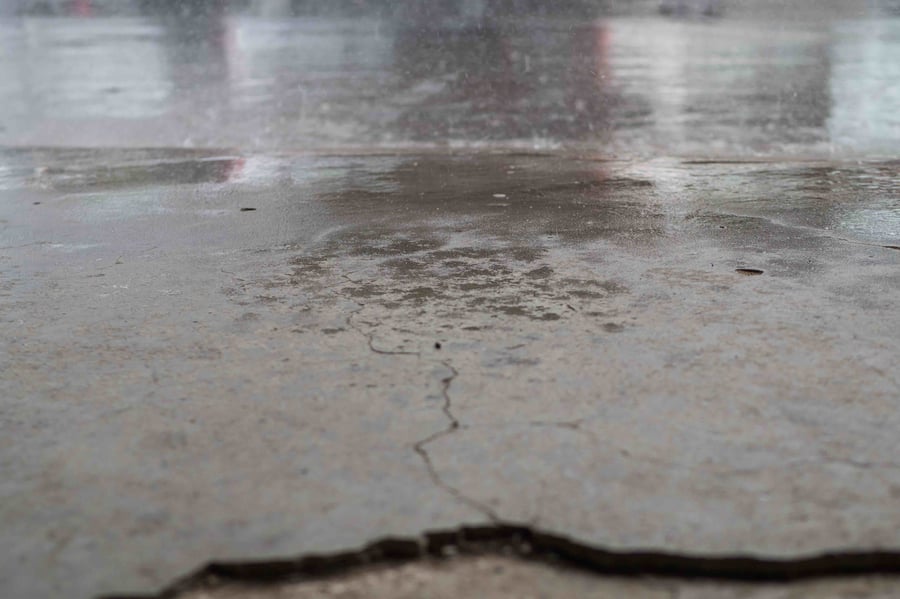Practical Uses for Moisture Meters for Quality Improvement in Wood Manufacturing

Rx #1: MOISTURE & WOOD INTERACTION WHY MC?
Why do wood people worry so much about MC? In my 50 years in this wood manufacturing industry, I estimate that 75% of the manufacturing problems with wood are related to incorrect pr changing moisture content (MC). If we can get MC under control, we can eliminate the majority of the problems with wood.
Why MC? When the MC changes, many wood properties change including the size and shape, gluability, and machinability. A key, practical concept is “Wood does not change size or shape (that is, shrink or swell, split or warp) in manufacturing or in-use except when its moisture content changes.”
The basic question is “What makes the MC of wood change?” The answer is “Only the relative humidity (RH) makes the MC change; not temperature, phases of the moon, who won the election or others factors.” MC changes when the humidity around the piece of wood changes…finishes may slow the speed of the change, but finishes cannot seal the wood or prevent MC changes.
This importance of MC means that a wood manufacturing facility needs to control the incoming lumber MC and the facility’s RH. Having this humidity match the customer’s RH in their home or office (within 5% RH, if possible) means we will eliminate troublesome MC changes and therefore eliminate MC problems.
MC, RH & EMC
The basic relationship between MC and RH, between 30 F to 100 F, is given below, with a third column for the equilibrium moisture content (EMC), which is a property of the air. EMC is useful in that it represents what the moisture content the wood will be trying to achieve. Note that the interior of most homes and offices in North America runs between 6 to 9% EMC, wintertime to summertime respectively; the exterior (not subject to rain wetting) averages 12 % EMC or a bit higher.
RH MC EMC CONDITIONS
- - - - - - - - - - - - - - - - - - - - - - - - - - - - - - - - - - - - - - - - - - - - - - - - - -
100% 28% 28% Very wet; foggy
80 16 16 Tropical island; coastal climate; humid
65 12 12 Exterior in most of North America; Interior in coastal areas
50 9 9 Interior in summertime for most of North America
30 6 6 Interior in wintertime for most of North America; dry
0 0 0 Oven-Dry
- - - - - - - - - - - - - - - - - - - - - - - - - - - - - - - - - - - - - - - - - - - - - - - - - -
If the wood’s MC is not equal or very close to the EMC of the air, the MC will change. The rate depends on the wood’s temperature, surface area to volume ratio, thickness, and density, and permeability of the finish. A small piece can change MC substantially within a few hours, while larger pieces can take months before substantial change occurs throughout.
MEASURING PLANT HUMIDITY.
To measure humidity accurately requires a meter that costs over $200. Consider the portable, handheld, digital Delmhorst HT-3000, designed for rugged use. It measures, in a few moments, both temperature and humidity at a location within a plant, in a storage facility, or in the customer’s facility. (The brass circular instruments are known to be inaccurate, especially after a few months of use.)
SPECIAL HINT: Due to the long time it takes lumber to change MC in most situations, for six months after the lumber leaves the kiln, the core MC of lumber is almost always the same MC that the lumber had when it left the kiln. We would measure the core MCs with a pin meter using insulated needles; see more in Rx #7.
WOOD MOVEMENT
How much does wood move when the MC changes? In general, wood does not shrink or swell lengthwise when the MC changes. (Exceptions are compression wood, juvenile wood, and steep slope of grain, all of which are not common in furniture, cabinet, flooring and similar wood uses.) On the other hand, the width of a flatsawn piece of lumber does change; a general rule of thumb is that fairly dry wood changes 1% in size with a 4% MC change. The width of quartersawn lumber is about 1% size change for 7% or 8% MC change. The precise movement varies from species to species.
Note that dried wood can regain about 1% MC, but little movement will occur; that is, there is a lag (hysteresis effect). This means we generally prefer to go on the dry side of the expected final MC in use; a little MC gain will not be worrisome.. Using the table above, a target MC of 6.8% to 7.0% MC for hardwood lumber and interior wood products is ideal for most locations; softwoods are about 3% to 4% wetter due to lose of machinability if drier. Softwood shrinkage must be planned for.
If the wood is at the wrong MC when first put into use, it will adjust its moisture content to achieve equilibrium with its environment and therefore may warp, shrink or swell initially quite a bit. Let’s consider a 10" wide panel of flatsawn Sitka spruce. The change in width (across the grain) will be 1% for a 4% MC change, or 1/4% for a 1% MC change. This is a width change of 0.025" for a 1% MC change, or just under 1/32”.
For a precise calculation of movement, see
https://www.fpl.fs.fed.us/documnts/fplgtr/fpl_gtr190.pdf (2010 Edition), starting on Page 13-15 in the section entitled “Dimensional Changes in Wood”.
Rx is from The Wood Doctor, Gene Wengert, President, The Wood Doctor’s Rx LLC
Subscribe to Our Blog
Post Related

How to Understand Moisture Meter Readings for Accurate Results


